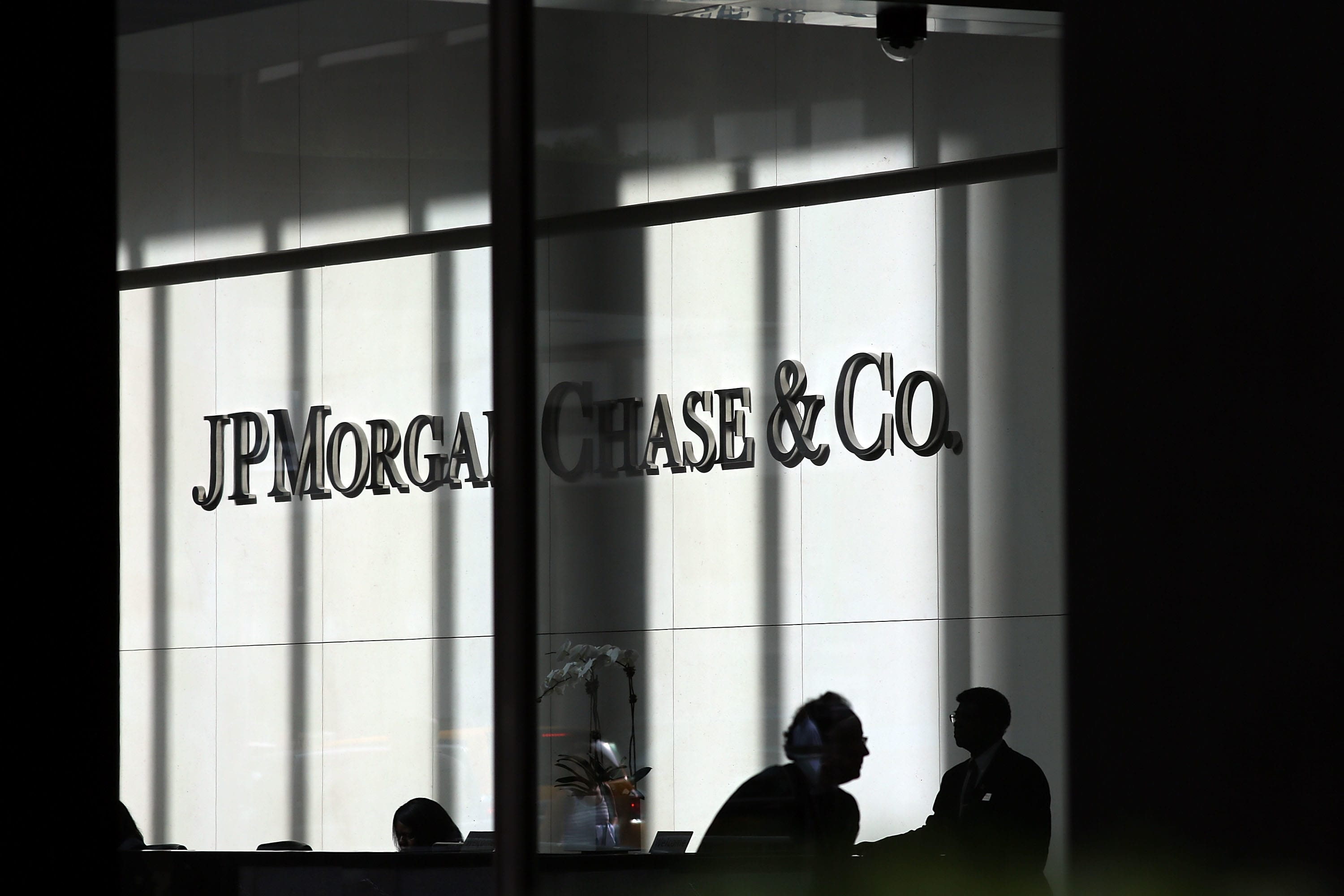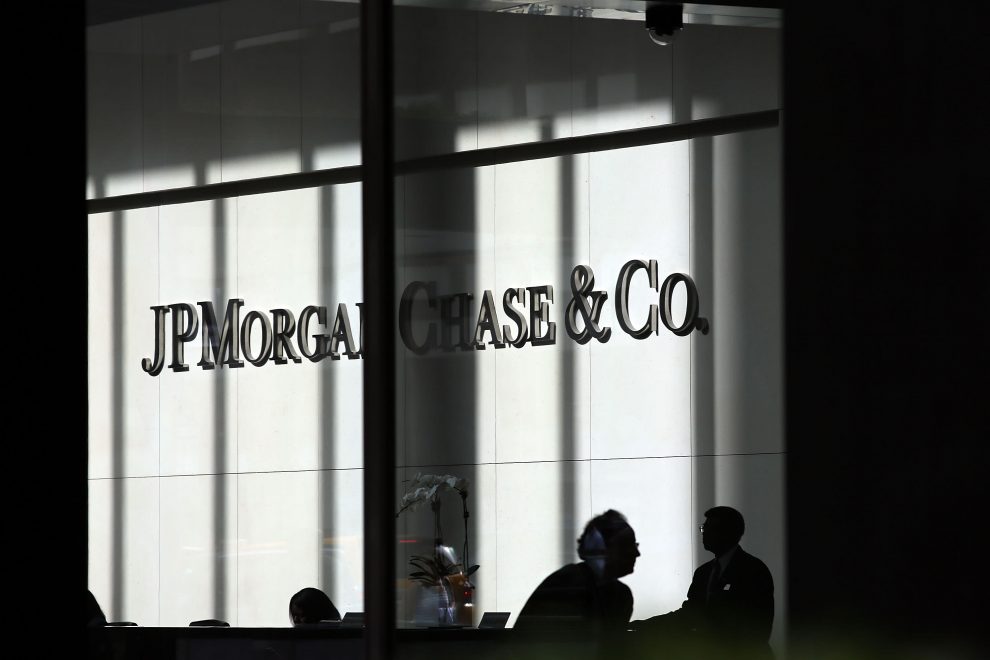
People pass a sign for JPMorgan Chase at it’s headquarters in Manhattan, New York City.
Spencer Platt | Getty Images
Earnings season, which officially starts Tuesday with JPMorgan and Wells Fargo, is going to be wild — and unpredictable.
Here’s why: About 40% of companies are not providing any guidance at all. As a result, analyst estimates are all over the place, because they rely principally on company guidance to formulate their own models.
There’s an even bigger problem shaping up: Companies are unlikely to come out of their shell and start providing clearer guidance for the third quarter because the reopening story is much murkier than it was a month ago.
Already, General Mills, Macy’s, Capri Holdings and Constellation Brands have declined to provide guidance. So did FedEx, which said in its earnings release a week ago that it was not providing an earnings forecast for fiscal 2021 because the timing and pace of an economic recovery are uncertain.
For Nick Raich, who follows earnings at the Earnings Scout, that’s an early warning sign: “If they continue to refrain from guidance, it will be because they don’t know how the reopening story is playing out,” he said.
Does that mean the rally is in serious trouble? Not necessarily. “This is the most uncertain period in a long time,” he said, “but as long as hopes for a vaccine and treatment continue to improve, the earnings estimates will hold up. If cases go up and the death rates go down, that means the mortality rate isn’t as high as feared.” That would be a positive, even if we had continued outbreaks, he said.
Why the rally may be at risk
Raich concedes that the foundations of this belief are getting shakier: “If the death rates spike, and there are extended closures, then the earnings expectations will be ratcheted lower.”
The rally off the March lows is based on the concept that the reopening will proceed relatively smoothly, that unending stimulus will be available, and that the second quarter was the bottom and that the earnings picture will begin improving from here.
Nicholas Colas, who tracks corporate earnings at DataTrek, also believes that if the reopening proceeds the rally can easily continue. In a recent note, he wrote that for the first time in many months earnings are being revised upward rather than downward. We are “on the right track and certainly at the right point in a post-crisis business cycle to believe that earnings expectations are too low as long as Congress passes further economic stimulus this month,” he said.
While it’s debatable whether there will be a V-shaped recovery in the economy, stock analysts are clearly predicting a sharp recovery in earnings. The second quarter is expected to see a decline of 44% in earnings for the S&P 500, the biggest decline since the Great Recession 11 years ago, but is expected to rapidly recover from there.
S&P 500 earnings estimates
Q1: Down 12.8%
Q2: Down 44%
Q3: Down 24.4%
Q4: Down 12.9%
Q1 2021: Up 11.7%
Q2 2021: Up 70.6%
Source: Refinitiv
The problem is the lack of earnings guidance and the unpredictability of the path of the Covid-19 outbreak is making analyst estimates useless in many cases.
Take Nike. The company recently reported a loss of 51 cents a share. Analysts on average were anticipating a gain of 7 cents. Huh?
It’s even wilder when you look at the range of estimates. The low analyst estimate was for a loss of 38 cents, the high estimates was for a gain of 46 cents. That’s a range of 84 cents from the high to the low estimate.
Incredibly, not a single analyst got it right, not even close: 100% of Nike analysts were wrong.
There are similar, shockingly wide differences in analyst earnings estimates for widely covered stocks like IBM, JPMorgan, General Motors and Caterpillar.
Christine Short, vice president of market research at TipRanks, which ranks market analysts by accuracy, agrees the dispersion between analyst estimates has rarely been higher. As a result, she expects to see fewer companies beating estimates than usual, and she, too, is not optimistic that companies will be providing any more guidance than they did three months ago. “I don’t think you are going to get too much,” she said. “It’s going to be really vague.”
Still, David Aurelio, who tracks corporate earnings at Refinitiv, said he continues to believe that the second quarter was the bottom. “There was a complete shutdown in the second quarter,” he said. “At a minimum you are going to see something short of that going forward, and so there will be more spending than in the second quarter.”
One big winner
Even if the reopening story unfolds without major shutdowns, the broad recovery in earnings expected is not evenly distributed. Colas said in a recent note that “Even if S&P 500 earnings fully rebound by Q321, most cyclical groups will likely still be far from prior cycle peak earnings. Financials, Real Estate and Energy show the worst comps.”
One thing for sure: Analysts are convinced that whether the reopening goes smoothly or not, technology will be the winner. With S&P earnings expected down 44% for the second quarter, technology is expected to be down only 8%, and only 3.5% in the third quarter. Semiconductor equipment companies, which make the equipment that make the semiconductors, are seeing healthy gains in virtually all quarters.
“With technology, there’s an explosion in data centers, and the rollout to 5G, that is powering these technologies,” Aurelio said.
“For tech, it’s tails we win, heads we win.”





